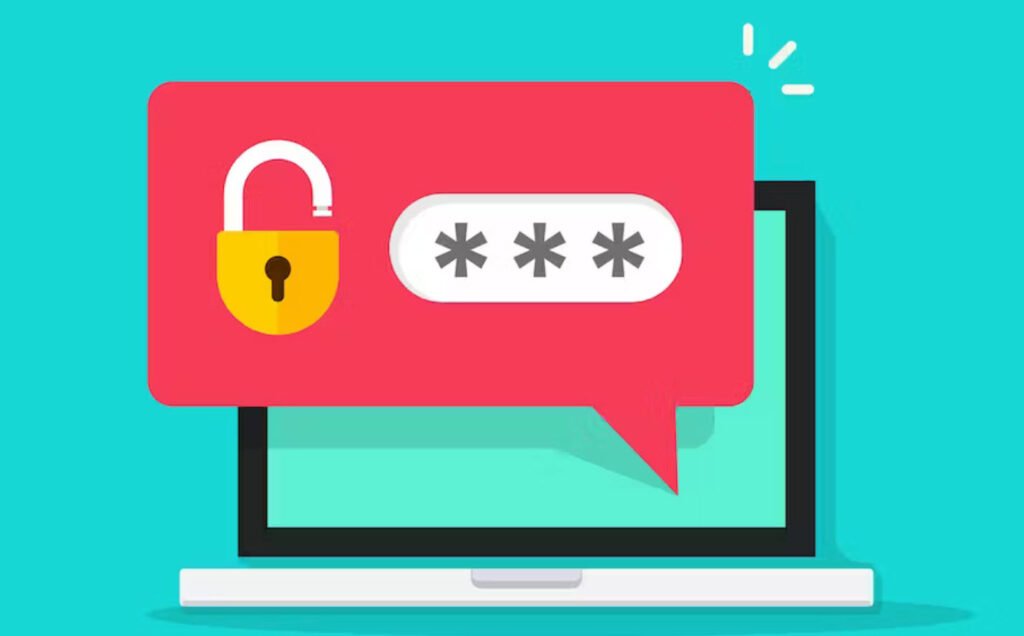
In today’s interconnected world, the importance of strong and secure passwords cannot be overstated. These digital keys grant us access to our most sensitive information, from personal emails and social media accounts to online banking and confidential work files. Creating a robust password is a fundamental step towards fortifying your online security.
Let’s explore the key features that constitute a good password and why they are crucial.
- Length Matters
- Avoid Predictability
- Mix It Up
- Embrace Special Symbols
- Numeric Inclusion
- Dodge Personal Information
- Maintain Privacy
- Rotate Your Password Pattern
- Regular Password Changes
- Implement Two-Factor Authentication (2FA)
1. Length Matters
A good password should be long enough to withstand attempts at brute force attacks. Passwords within the range of 10 to 15 characters are recommended. Longer passwords exponentially increase the number of possible combinations, making them harder for attackers to crack.
2. Avoid Predictability
Refrain from using easily guessable words or phrases, such as “password,” “123456,” or your name. Attackers often use automated tools to guess common passwords, so it’s vital to opt for something less predictable.
3. Mix It Up
Combine both lowercase and uppercase characters in your password. This variation adds an extra layer of complexity, making it significantly more difficult for attackers to crack.
4. Embrace Special Symbols
Incorporate at least one or more special symbols or characters into your password, placed randomly. These symbols, like !, @, #, $, %, and &, enhance the password’s complexity and thwart attacks that rely solely on letters and numbers.
5. Numeric Inclusion
Include one or more numbers in your password, positioned in different places. This strategy enhances the diversity of your password’s components, further enhancing its security.
6. Dodge Personal Information
Never use easily available personal information, such as birthdays, names of family members, or addresses. Cybercriminals can gather such details through social media or other means, rendering your password vulnerable.
7. Maintain Privacy
Never share your password with anyone, regardless of how trustworthy they seem. Your password is your digital identity, and sharing it compromises your security.
8. Rotate Your Password Pattern
Using the same password across multiple platforms is a risky practice. If one account gets compromised, all your accounts become vulnerable. Develop a system to create unique passwords for different accounts.
9. Regular Password Changes
Make it a habit to change your passwords regularly. This proactive measure prevents unauthorized access, especially if your password has been compromised without your knowledge.
10. Implement Two-Factor Authentication (2FA)
While not directly related to password complexity, enabling 2FA adds an extra layer of security. It requires you to provide a second piece of information, usually sent to your phone, to verify your identity.
In conclusion, the significance of a strong password cannot be stressed enough. It’s the foundation upon which your online security rests. A well-constructed password serves as a robust barrier against potential breaches, safeguarding your personal and professional information.
By adhering to the aforementioned features—choosing a substantial length, shying away from predictability, incorporating variety in character types, avoiding personal information, maintaining privacy, and regularly changing passwords—you’ll be equipping yourself with a formidable defense against cyber threats. Remember, in the digital realm, a little effort towards crafting a strong password goes a long way in ensuring your online safety and peace of mind.
You may also like:- Gmail and Facebook Users Advised to Secure Their Accounts Immediately
- Pentagon’s Proactive Approach to Cybersecurity – Over 50,000 Vulnerability Reports Since 2016
- Windows Hardening – Key Points To Remember
- Top 10 Fundamental Questions for Network Security
- How to Remove x-powered-by in Apache/PHP for Enhanced Security
- 12 Point Checklist – PHP Security Best Practices
- Secure Programming Checklist – 2023 Compilation Guide
- The Ultimate Network Security Checklist – 2023 Complete Guide
- A Comprehensive Guide to Crafting Strong Passwords
- Top 28 Essential Tips To Safeguard Your Computer








